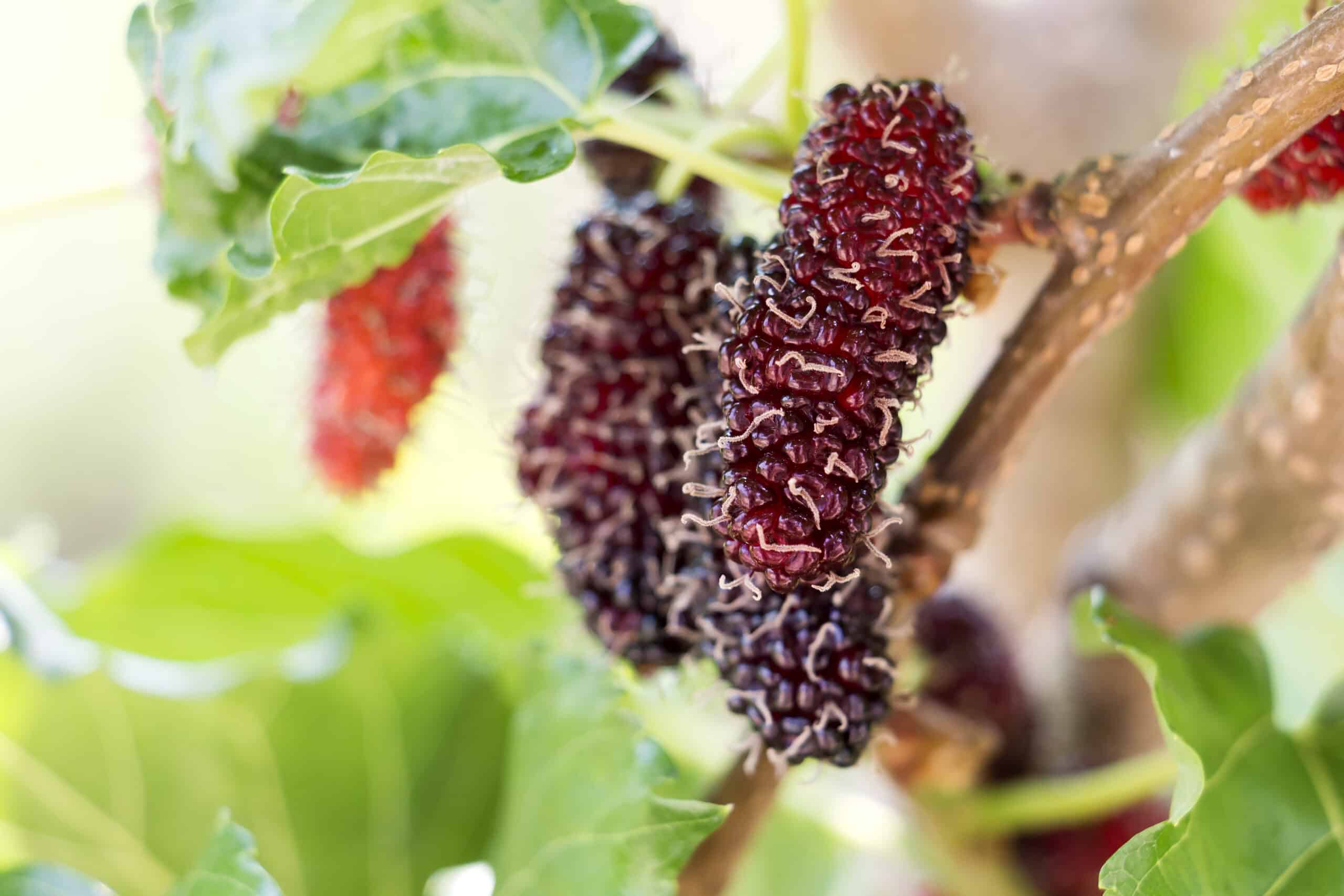Pruning and training techniques optimize the growth of fruit trees in rooftop orchards. Learn how .
In urban environments, rooftop orchards provide a unique opportunity to grow fruit trees. However, to ensure optimal growth and fruit production, careful pruning and training techniques must be followed. Pruning involves removing dead, diseased, or overgrown branches to improve air circulation and light penetration.
Additionally, training shapes the tree’s structure, ensuring strong branches that can support heavy fruit loads. The right timing and techniques for pruning and training vary depending on the tree species and its age. By following proper pruning and training methods, rooftop orchards can thrive and yield a bountiful harvest while creating a visually pleasing rooftop landscape.

Credit: harvesttotable.com
Pruning And Training Fruit Trees For Optimal Growth: An Introduction
Pruning and training fruit trees are essential for optimal growth in rooftop orchards. These techniques enable trees to produce high-quality fruits and maintain their shape. Understanding the importance of pruning and training is crucial for successful rooftop orchards. Proper pruning promotes airflow, reduces diseases, and improves sunlight penetration to all parts of the tree.
Training techniques, such as espalier or trellis systems, help shape the trees and utilize limited space efficiently. Maintaining rooftop orchards offers numerous benefits, including increased access to fresh fruits, improved air quality, and aesthetic enhancement. Additionally, rooftop orchards contribute to urban food security and can serve as a green oasis in cities.
By following appropriate pruning and training techniques, rooftop orchards can thrive and provide a sustainable source of delicious, homegrown fruits.
1. Choosing The Right Tree Varieties For Rooftop Orchards
Choosing the right fruit tree varieties for your rooftop orchard is crucial for successful gardening. Take into account the unique conditions of rooftop gardening, such as limited space and exposure to wind and sunlight. Opt for fruit trees that are suitable for container growth and those that can tolerate urban environments.
Consider dwarf or semi-dwarf varieties, as they are more compact and manageable. Additionally, prioritize fruit trees that are self-pollinating or have compatible pollinating partners to ensure a fruitful harvest. Varieties with disease resistance and a shorter time to maturity are also beneficial.
Consulting with an experienced horticulturist or researching local recommendations can help you make informed choices. By carefully selecting the right fruit tree varieties, you can ensure optimal growth and bountiful yields in your rooftop orchard.
2. Pruning Techniques For Fruit Trees In Rooftop Orchards
Pruning fruit trees in rooftop orchards requires understanding the basics of shaping and maintaining their structure. Properly prune trees by following these steps: firstly, remove any dead or diseased branches. Secondly, prune the branches that cross or rub against each other.
Thirdly, trim back any branches that are growing too close together to allow air circulation. Fourthly, thin out the tree by cutting back the branches that are growing inwards towards the center. Finally, shape the tree by cutting the branches to promote a strong central leader and a balanced shape.
By following these techniques, you can ensure optimal growth and fruit production in your rooftop orchard.
3. Training Methods For Fruit Trees In Rooftop Orchards
Different training methods can be employed for fruit trees in rooftop orchards, such as the espalier technique. Espalier enables trees to grow flat against a vertical surface, making it ideal for space optimization in rooftop orchards. This method not only allows for increased fruit production but also creates a visually appealing display.
Another training method is training young trees to maximize space and productivity. By carefully pruning and shaping young trees, their growth can be directed to ensure optimal yields. These techniques are crucial for rooftop orchards, as space is limited and efficient use is necessary.
Implementing these training methods can lead to healthy and productive fruit trees in rooftop orchards, making the most of the available space while creating a beautiful and sustainable urban orchard.
Frequently Asked Questions For Pruning And Training Fruit Trees In Rooftop Orchards: Techniques For Optimal Growth
How Do You Prune Fruit Trees On A Rooftop Orchard?
Prune fruit trees on a rooftop orchard by removing dead wood and shaping branches for optimal growth.
What Are The Best Training Techniques For Rooftop Fruit Trees?
Some of the best training techniques for rooftop fruit trees include espalier, cordons, and fan training.
When Is The Best Time To Prune And Train Fruit Trees In Rooftop Orchards?
Prune and train fruit trees in rooftop orchards during the dormant season, preferably in late winter or early spring.
Conclusion
In order to optimize the growth of fruit trees in rooftop orchards, pruning and training techniques play a crucial role. By implementing these practices, you can ensure the health, productivity, and aesthetics of your trees. Regular pruning helps in maintaining the size and shape of the trees, ensuring that sunlight reaches all parts of the canopy.
Training techniques such as espalier, fan training, or trellising can help in maximizing the vertical and horizontal space available in rooftop orchards. These techniques also facilitate easy maintenance and harvesting. It is important to remember that each fruit tree species has its own specific pruning and training requirements, so it is necessary to research and understand the needs of your chosen trees.
Additionally, ongoing care, such as regular fertilization and pest control, will further contribute to the optimal growth and fruit production of your rooftop orchard. With the right techniques and care, rooftop orchards can become a fruitful and visually appealing addition to urban spaces.
